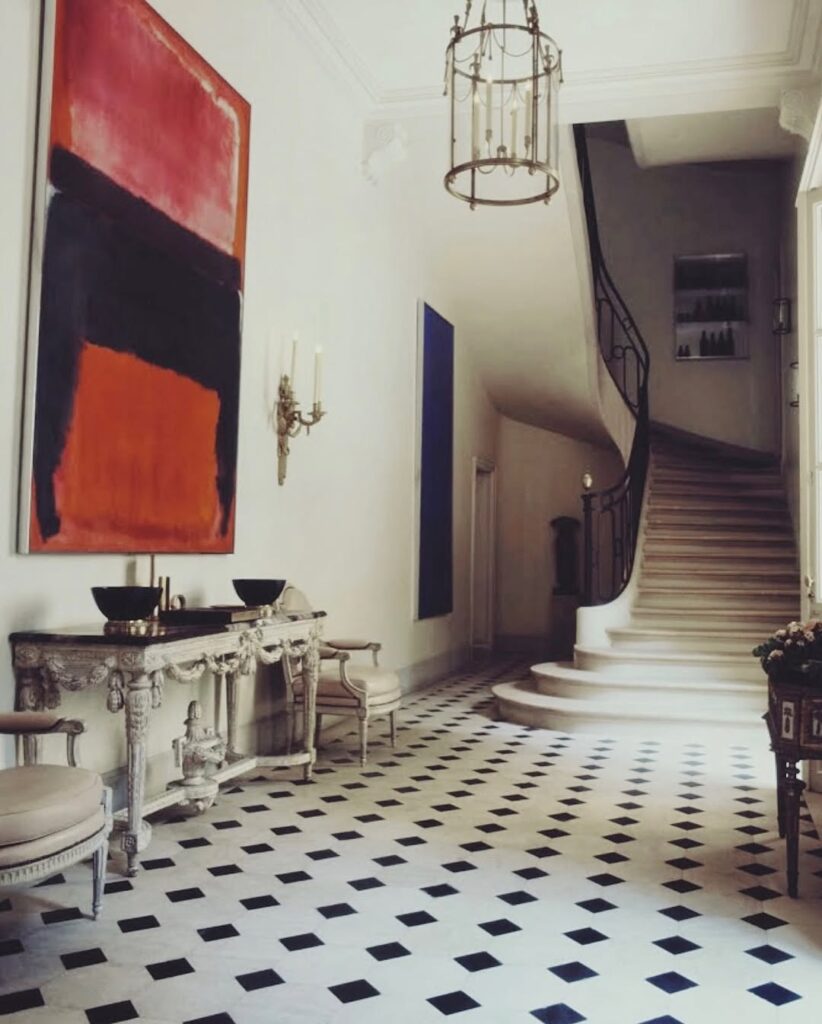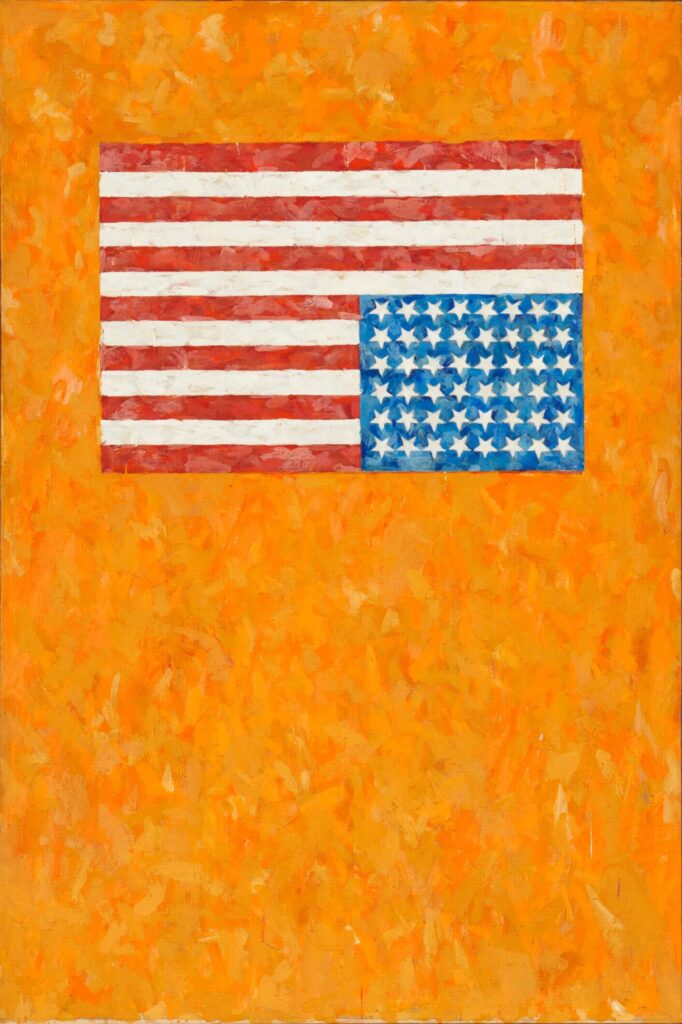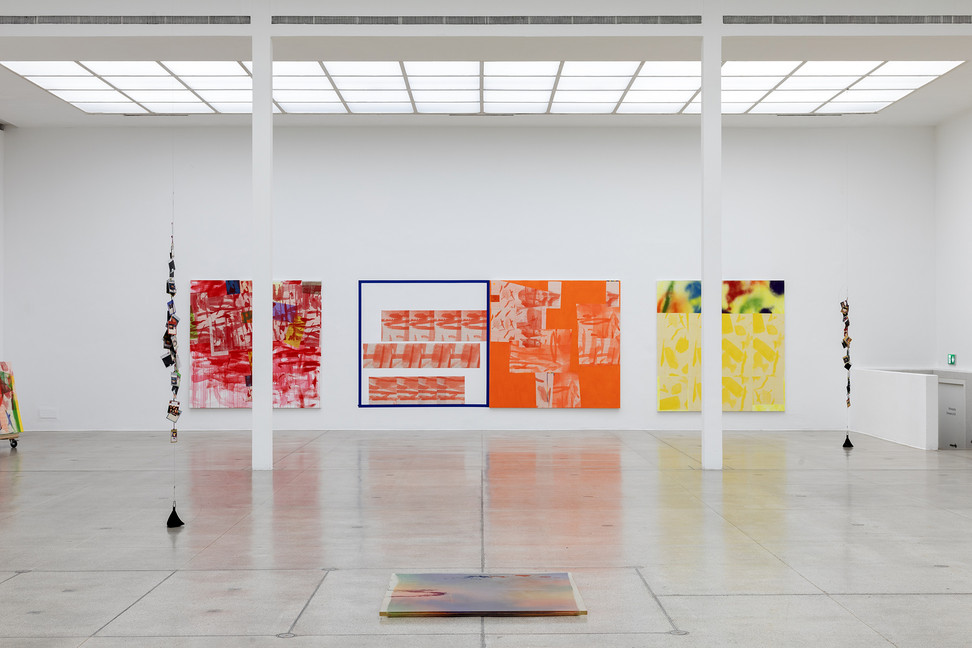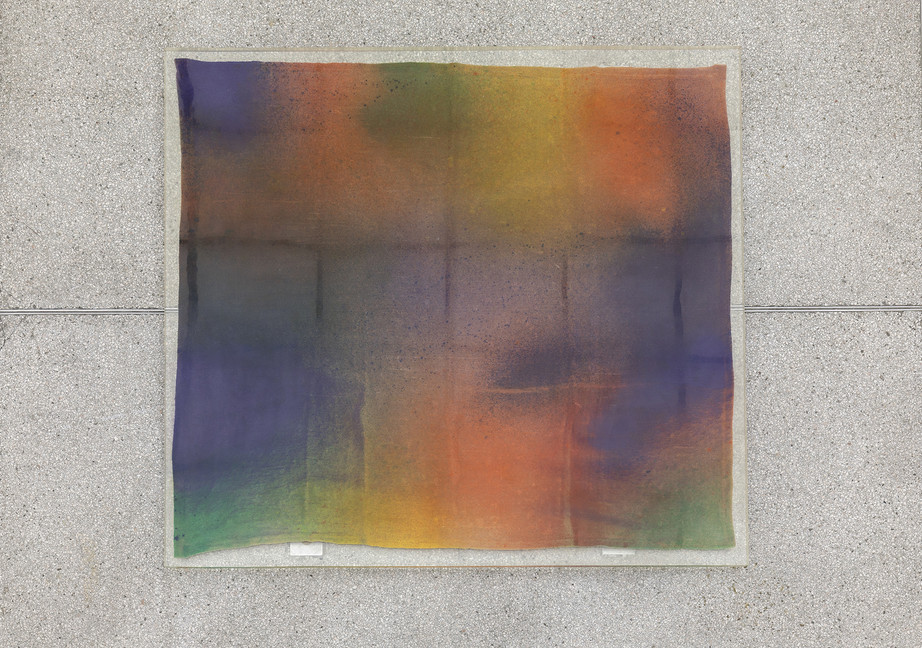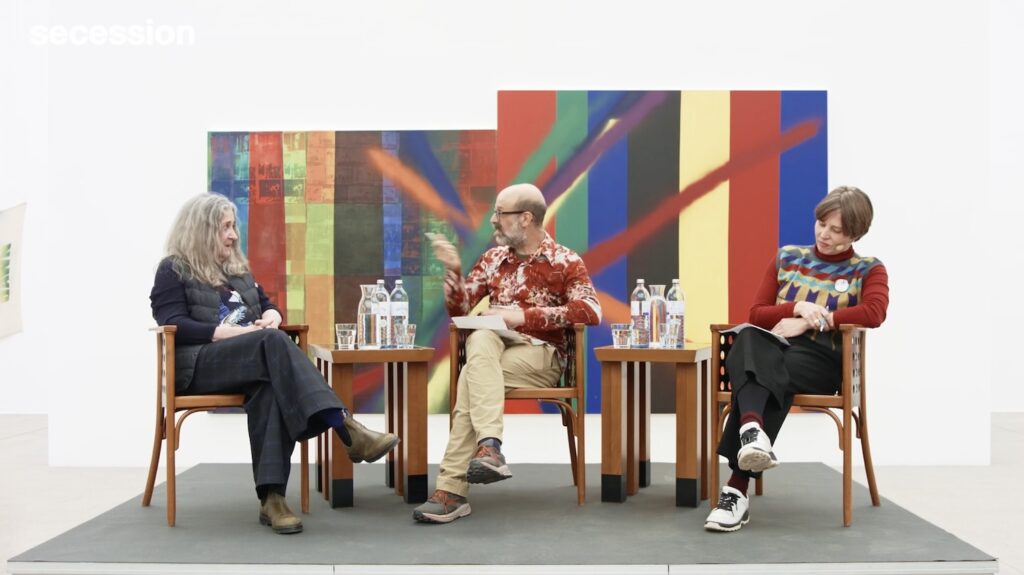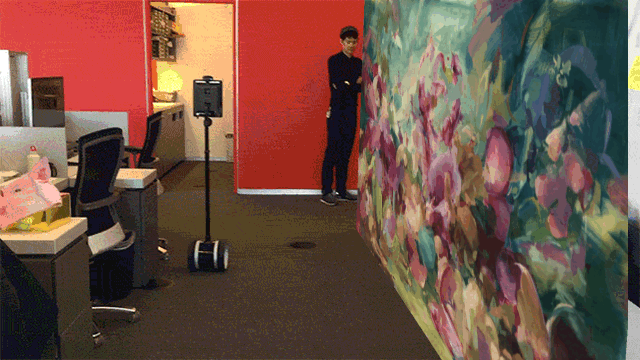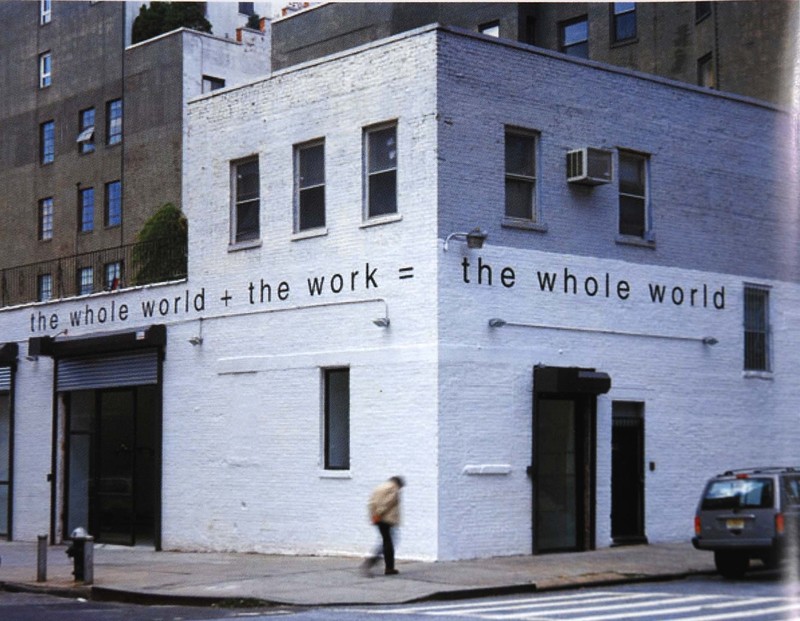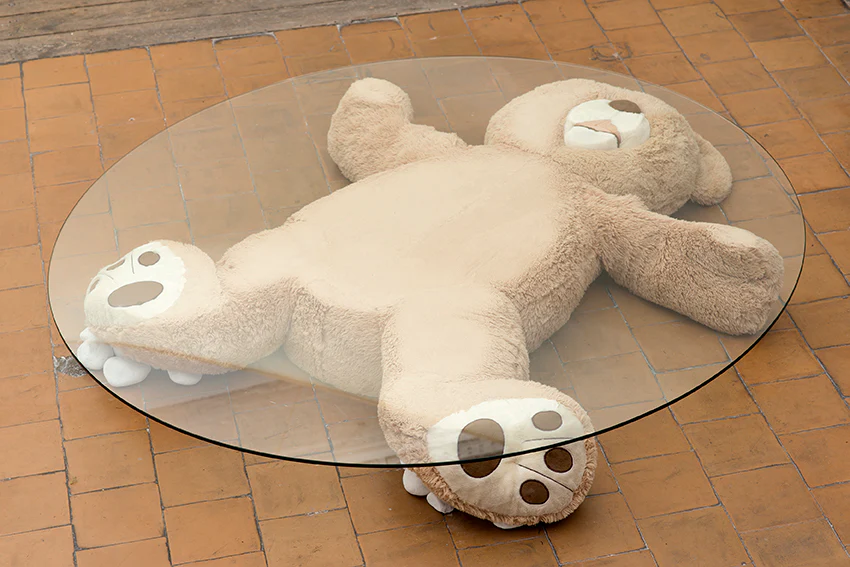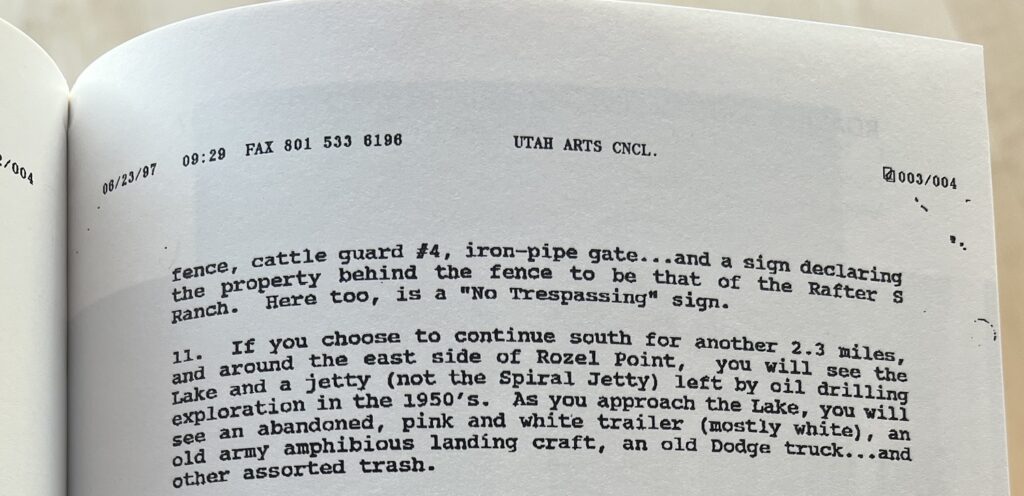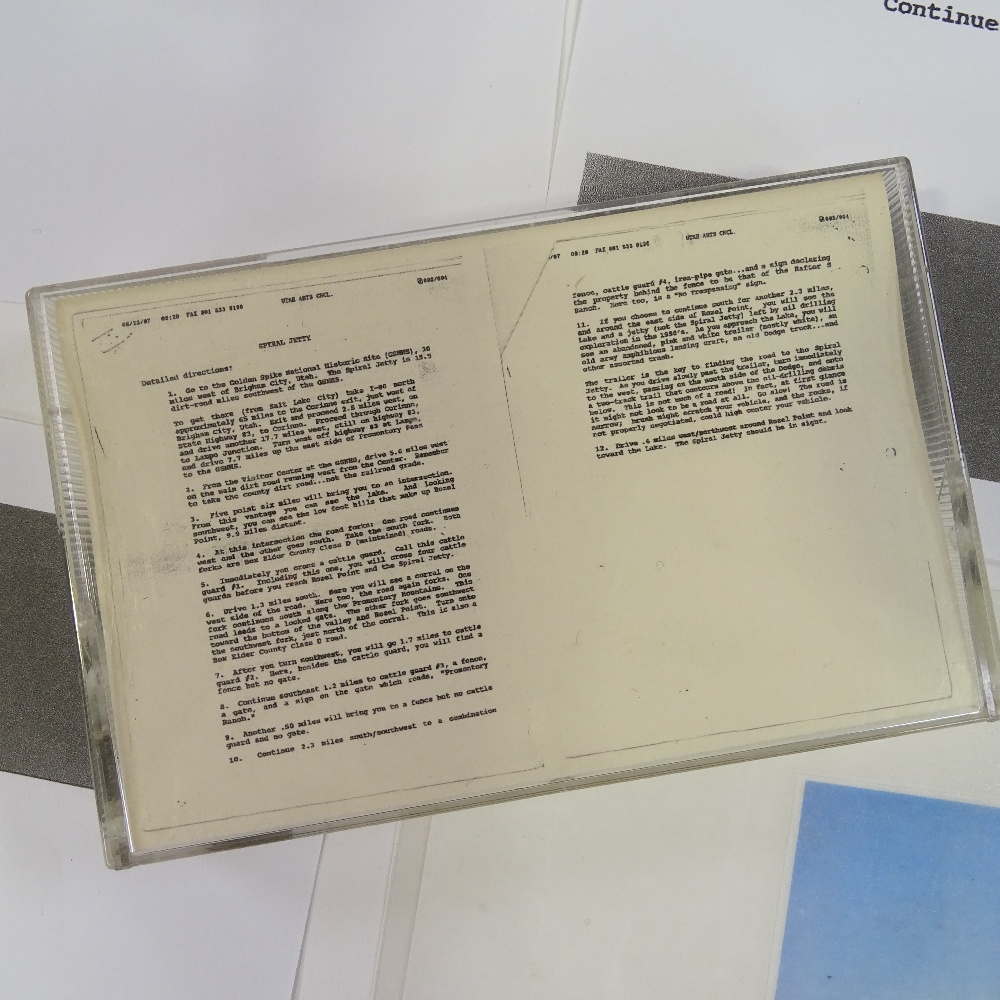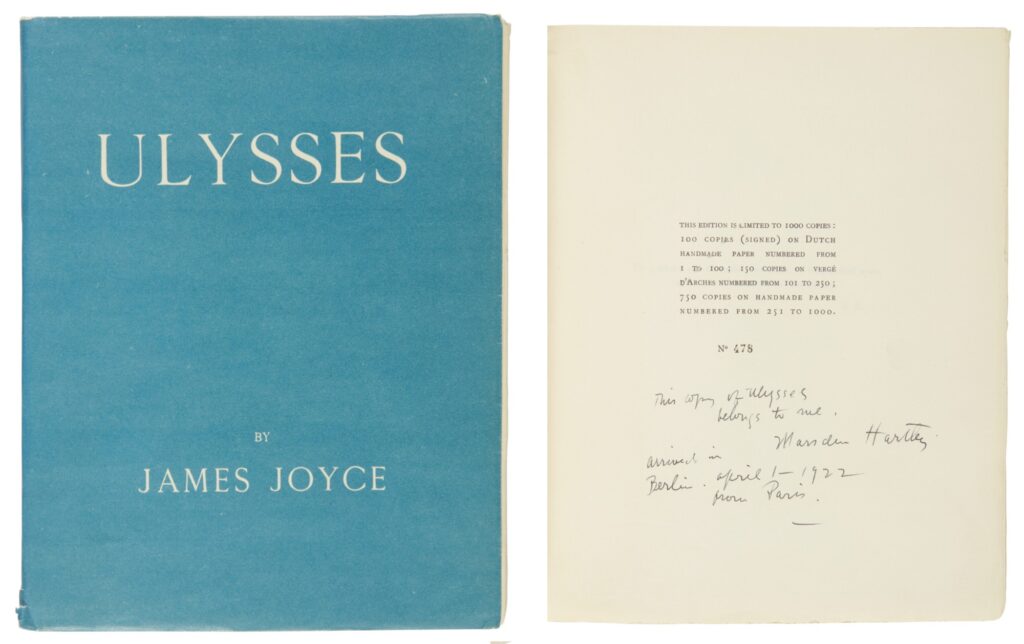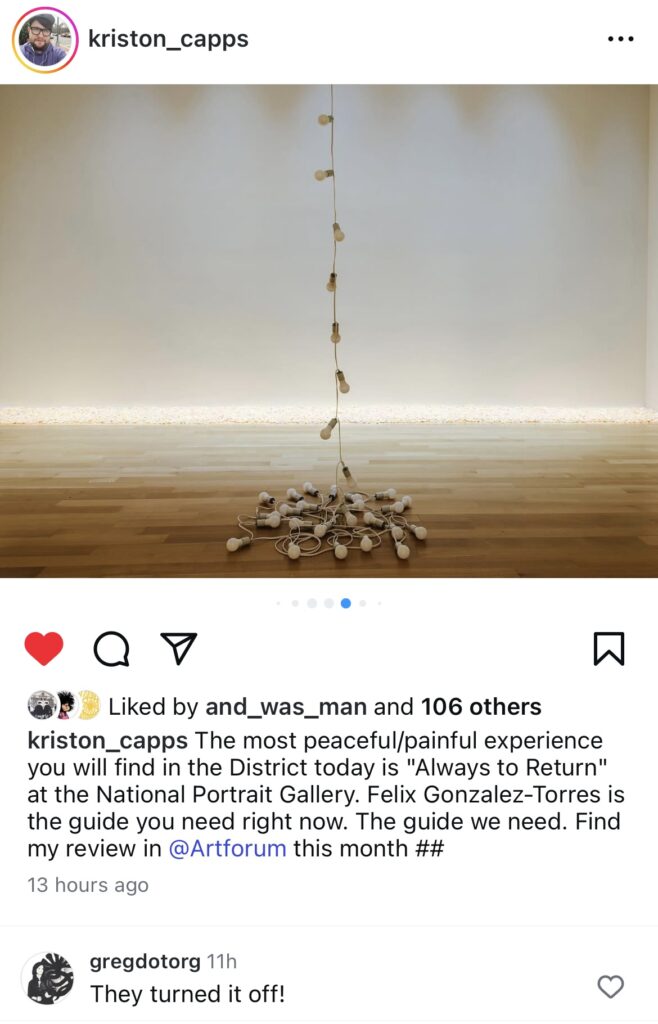
As my comment on Kriston Capps’ insta shows, it’s somehow always a surprise to see a Felix Gonzalez-Torres light string with the lights off. My reaction led Kriston to doublecheck with the National Portrait Gallery whether it’d been OK to post [tl;dr it was, but hold on], and it sent me looking for more.

Of course, it goes back to the beginning, where they were shown on and off, side by side. Gonzalez-Torres’ whole point of his works was that the owner [or exhibitor] was to decide how to display them, and that includes whether to turn them on. The Felix Gonzalez-Torres Foundation has photos of an unlit “Untitled” (Tim Hotel), 1992, in a collector’s home, which feels like the normal, private state. Maybe it gets turned on for company, which raises the question of public vs. private presentation as well as space.
Because obviously, they look the sexiest when they’re on, and it’s understandable for curators of public exhibitions to want that glow. But that allure also underscores the impact and importance of seeing them turned off sometimes.
Continue reading “The Light String Going On And Off”
